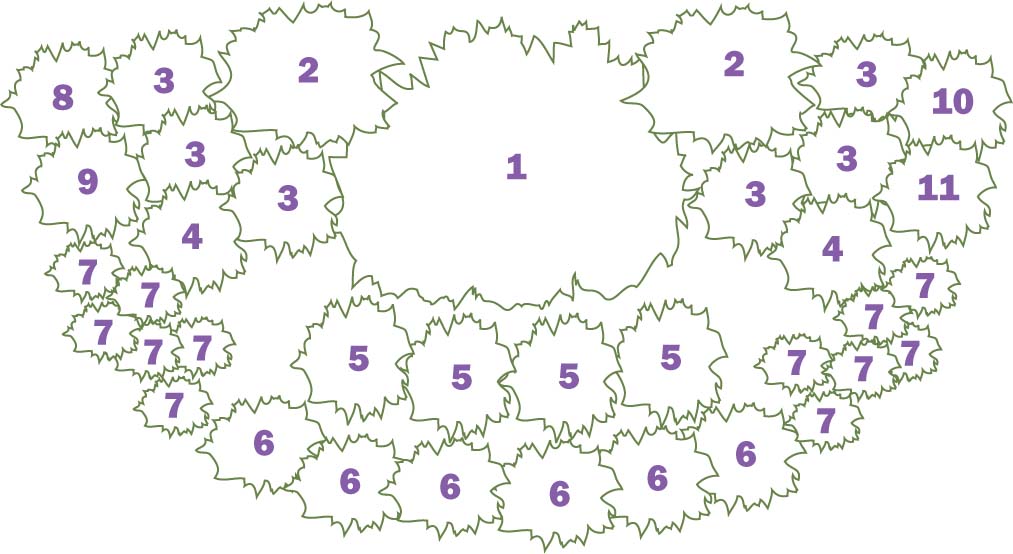
Vegetable garden layout for a 5x10 space
ADVERTISEMENT
Farm halfway between Houston and Austin, tx. How can I control grasshoppers? Last year They destroyed everything except tomatoes and squash.
Boil a package of chewing tobacco inside of a tube sock just like you would make ice tea. After the tobacco comes to a boil, pour into a 5 gallon bucket and add 1 gallon of water, half cup of lemon dishwashing liquid & 4 table spoons of garlic powder. Mix all of these ingredients in 5 gallon bucket of warm water so that they will dissolve. Let cool down and add to a pump sprayer and spray the entire garden area. This will cover about 2000 sqft. This will repel every bug that you have ever encountered in a garden.
If you use tobacco to create a poisonous liquid, you've made something poisonous to insects -- and every insect in your garden, including bees. It's also poisonous to pets and people. In fact, it 's no longer available commercially because it is SO POISONOUS.
PS. Don't get it on your skin.
Since when did Tobacco not become available? Chewing tobacco is legal and you are wrong about it's availability. It does not kill bees so top spreading lies.
i love this idea but im curious if the tobacco alters taste of food or even poisons it? ive heard about tobacco being strong enough when boiled and ingested to kill a person.... i really want to use this recipe in my garden.
Millions of people ingest the juice of chewing tobacco every single day and don't die so rumors are just that. I don't suggest it myself, but it can be done and will not kill a human. Remember you are making a natural pest control recipe and it will be subject to weather so the first rain will wash it away and it will need to be re-applied as needed just as any other pest control. Your alternative may be Neem Oil which needs to be applied after pollinators are home for the day to keep from killing them. I personally would also apply the tobacco recipe at dusk as well.
It's not clear to me how many gallons I'm supposed to end up with, as I don't know how much water is used to boil the tobacco, and it's not clear if I add more warm water to completely fill the 5 gal. bucket. Could you clarify? Thanks!
well how much water do you use to make tea? I myself use about a quart . It very clearly states to add ONE GALLON of water to the 5 gallon bucket. Maybe go bad and re-read the original post?
Hi John,
Grasshoppers are very hard to control. Eggs overwinter in the soil and grasshopper nymphs emerge in the spring. The best time to try to control them is during the nymph stage. Some natural predators that eat the nymphs are chickens, guinea hens, larks and bluebirds. NOLO Bait or Semaspore (a microbial pathogen) infect and kill some grasshopper species, if applied early in the season.
Parsley is also an perennial in zones 6 +. I pick my italian and curly all year long, even through 3 ft of snow covering the plants. They self propagate year 'round, as well as greek oregano and mint (sancta yerba & apple).










